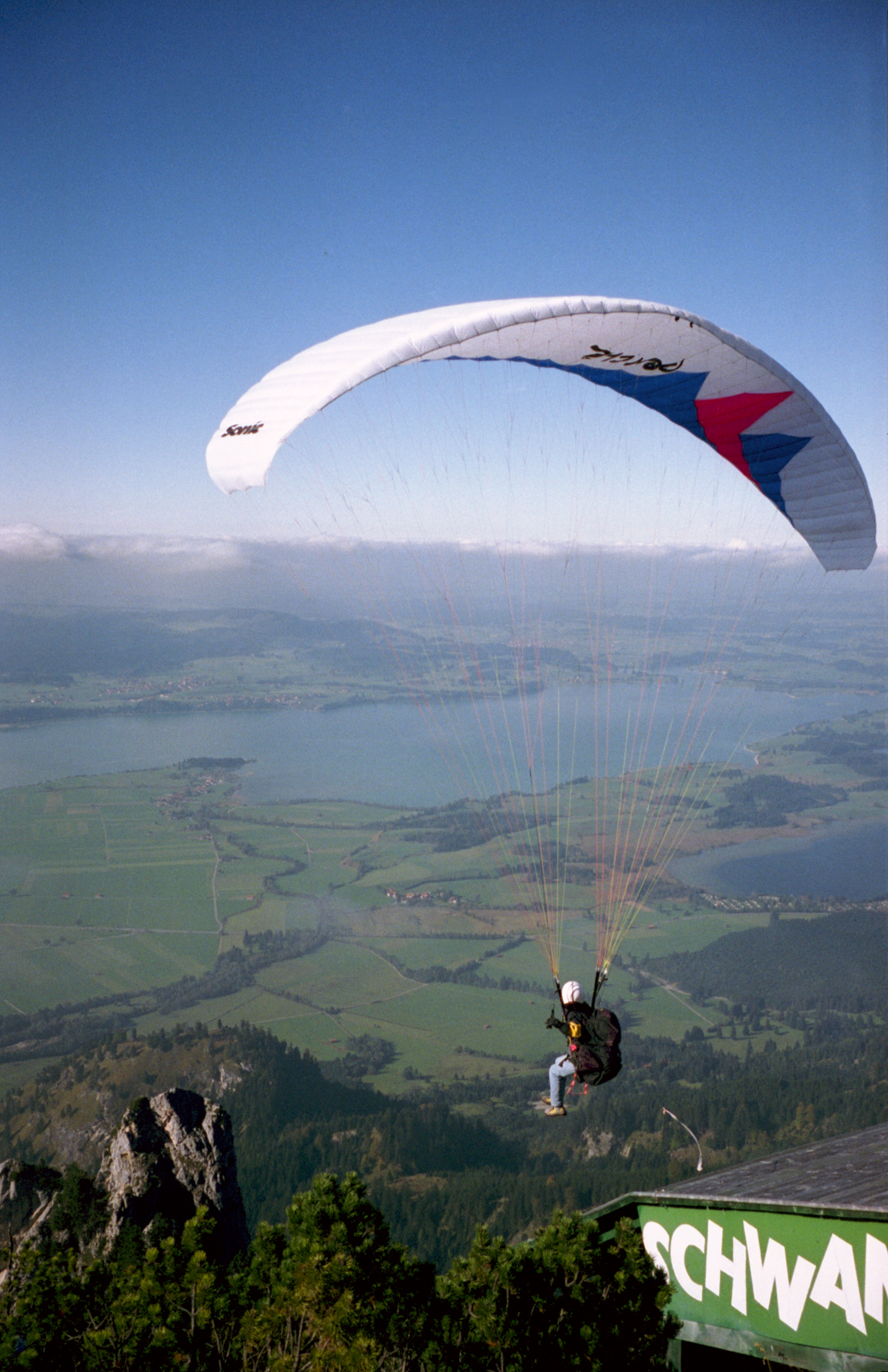Outstanding. This is the kind of film I like, just because it breaks down what happened and allows the viewing public to see first hand how to combat something like this. Knowing is half the battle, and we have to expect that attacks like this will happen again, and in all corners of the world. Get prepared, and study how these things work I say. Be a ‘hero in waiting’, and foil these attacks by being able to recognize the signs and actions of it, and inserting a monkey wrench into the terror machine. That smart phone in your hand, is your weapon, along with anything else you can think of to cause harm to or stop this kind of attack. Or you can coward away, and expect someone else to save you. –Matt
——————————————————————

Synopsis
TERROR IN MUMBAI features exclusive audio tapes of the intercepted phone calls between the young gunmen and their controllers in Pakistan, and testimony from the sole surviving gunman.
The Mumbai attackers’ targets included the city’s main railway station, a popular cafe, two major hotels and a Jewish center. Leaving the city’s iconic Taj Mahal Hotel in flames, and Mumbai’s woefully unprepared police and security forces paralyzed with fear, the attacks sent an ominous message to governments around the world.
“Much as the 9/11 attacks in the U.S. did in 2001, the events that unfolded last November in Mumbai served as a terrifying wake-up call, not just to India but to the rest of the world,” says narrator Fareed Zakaria, who appears on camera in the opening and closing of the film. “It broadened the spectrum of our enemies and brought attention to the number of different terrorist groups that exist, who may be bigger and better organized than we ever imagined. The fact that a small group of gunmen was able to inflict so much pain, and the government of the second most populous nation on earth was unable to stop them for three days, should change our sense of the dangers out there.”
In the words of one of the operation’s masterminds, who remotely controlled the terrorists’ every deadly move by cell phone from neighboring Pakistan, “This was just the trailer. Just wait till you see the rest of the film.” The assailants belonged to the terrorist group Lashkar-e-Taiba, or “Army of the Righteous,” which aims to “liberate” Muslims living under Indian rule in Kashmir. Their mission: global jihad against the “infidels.”
TERROR IN MUMBAI presents a moment-by-moment account of the horrific attacks through interviews with survivors and Indian police officials, archival news coverage, extensive video surveillance footage of the terrorists in action, and chilling audio excerpts of cell-phone conversations intercepted by security forces. The phone intercepts provide a grotesque running commentary as the controllers, watching events unfold on live TV, direct the gunmen, telling them where the security forces are, which of their hostages should be killed and how to do it. With the killers wounded and asking what to do next, the tapes reveal the controllers calmly urging them to fight to the death and not allow themselves to be taken alive.
Guests from the Taj Mahal and Oberoi hotels tell how the terrorists first staged mass executions, then worked their way through the corridors, killing whenever they managed to enter a room. An elderly couple recounts how they were spared by the terrorists when it was realized they were fellow Muslims, while all around them were mowed down in a hail of bullets. Perhaps the most unsettling testimony comes from Ajmal Amir Kasab, the sole surviving terrorist, who answers his captors’ questions with startling frankness from a gurney soon after being captured.
While the Mumbai attacks differed in many ways from the Al Qaeda assault on the U.S. on September 11, 2001, the personal motives of the Laskar-e-Taiba terrorists bear some of the same hallmarks, notably the belief that there would be material wealth for their families and heavenly glory for themselves if they died for the cause of jihad.
What remains unclear is how this quest for holiness meshed with the indiscriminate nature of the killings, which mowed down Muslims and non-Muslims alike.
(more…)


